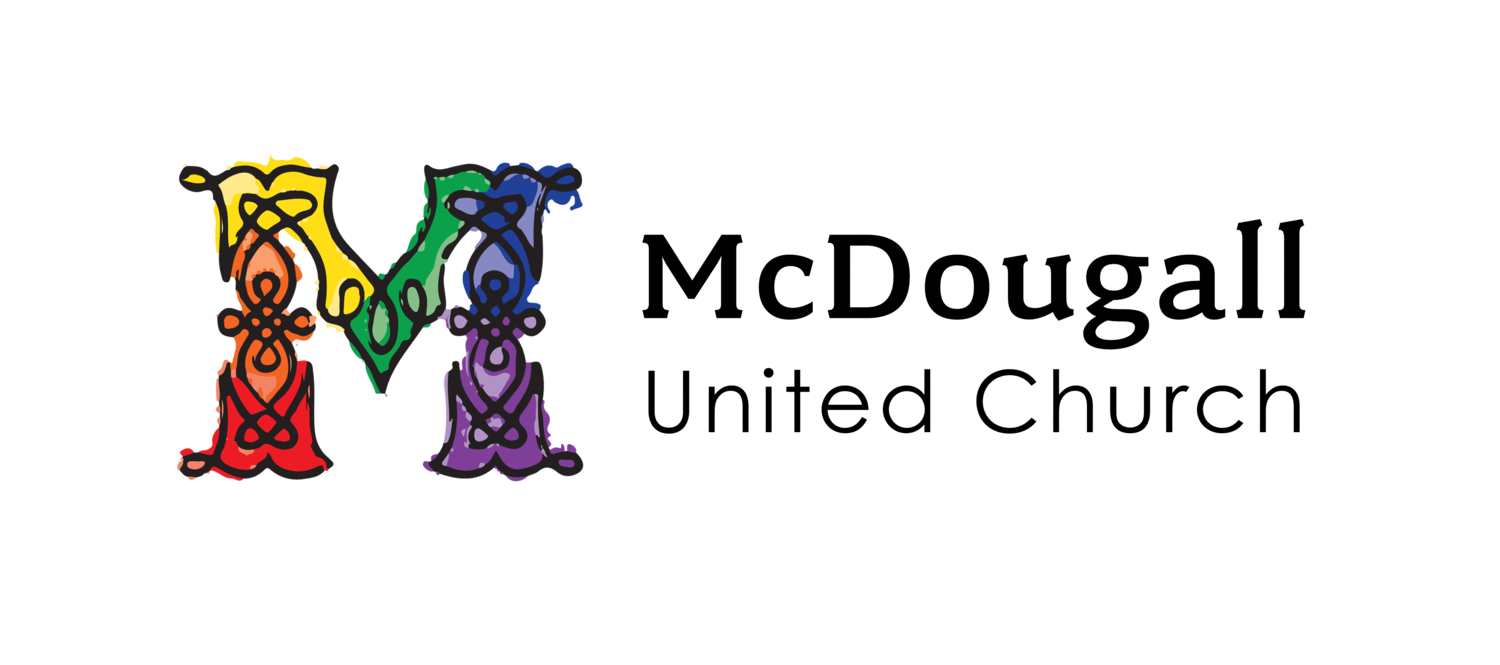Choral Listening Series - Recording #9
Loch Lomond - Traditional Scottish, arr. Jonathan Rathbone (performed by the Swingle Singers)
About the performers: Developed in 1962 by Ward Swingle, the Swingle Singers were an 8-piece vocal group (SSAATTBB), and are now a 7-piece group (SSATTBB) that performs jazz-inflected versions of classical, folk, rock, and pop music. They have won five Grammy Awards and are considered among the best vocal groups in the world.
This arrangement of the famous Scottish folk song Loch Lomond is one of my favourites. It is also probably one of the most challenging versions available.
Here's our new word for the day: the song is strophic. Having a strophic form means that the melody repeats- the verses and choruses all have the same tune, but set to different words for each new verse. The hymns that we sing at McDougall are strophic, but you may have heard them referred to as verse-repeating form, chorus form, AAA song form, or one-part song form. They all mean the same thing.
What makes this arrangement so brilliant (and also so difficult!) is that Rathbone has found a way to accompany the strophic melody with a large variety of harmonies and textures. You'll notice that the accompanying music sounds radically different from verse to verse and chorus to chorus, even though the melody itself remains unchanged. He accomplishes this in a few ways: altering the rhythm of the accompaniment (held notes on "ooh" vs. singing more active rhythms), altering the harmony (introducing some more complex, jazzy chords, particularly later in the piece), and altering the accompanimental range (only the tenors and basses singing at the start, moving the voicing higher as the piece goes). All of this combines to create a pleasing contour to a beautiful, but repetitive, melody.
Enjoy the luxurious voice of the solo tenor- he seems able to extend his range infinitely high without showing signs of struggle. The text is beautifully shaped.
